Computational insights into a fundamental organic synthesis reaction may lead to the ability to design a catalyst for any desired reaction.
Toward a method to design any needed catalyst?
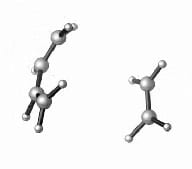

Computational insights into a fundamental organic synthesis reaction may lead to the ability to design a catalyst for any desired reaction.
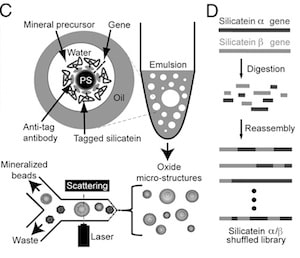
The directed, artificial evolution of genes for enzymes that produce nanoparticles of silicon dioxide and titanium dioxide produced semiconductor structures not seen in nature.
Nanotechnology combines an enzyme and a DNA molecule on the surface of gold nanoparticles to destroy hepatitis C virus in human cells and in a mouse model of disease.
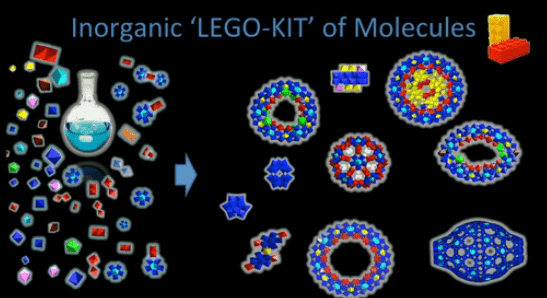
Researchers have configured a 3D printer as an inexpensive, automated discovery platform for synthetic chemistry. A road to more complex molecular building blocks for nanotechnology?
A European Commission-funded video and education portal introduces nanotechnology to students and others.
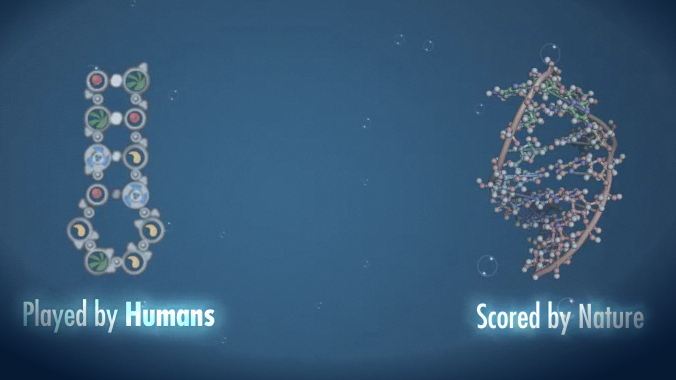
A new online game allows players to design RNA molecules. The most promising designs are synthesized, and the players given real-world feedback on how well their designs worked.
The 2013 Foresight Technical Conference: Illuminating Atomic Precision will be held January 11-13, 2013 in Palo Alto, CA USA.
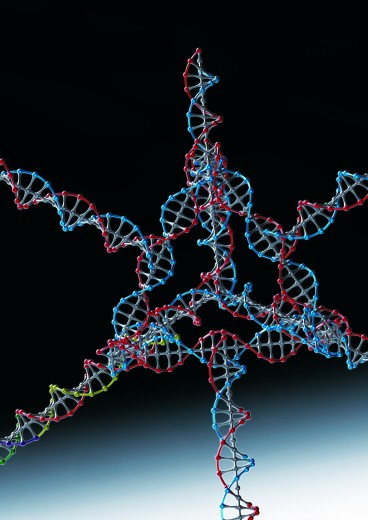
Nanoparticles made from specific DNA and RNA strands, homogeneous in size, composition, and surface chemistry, proved superior to other nanoparticles in silencing gene expression in tumors in mouse experiments.
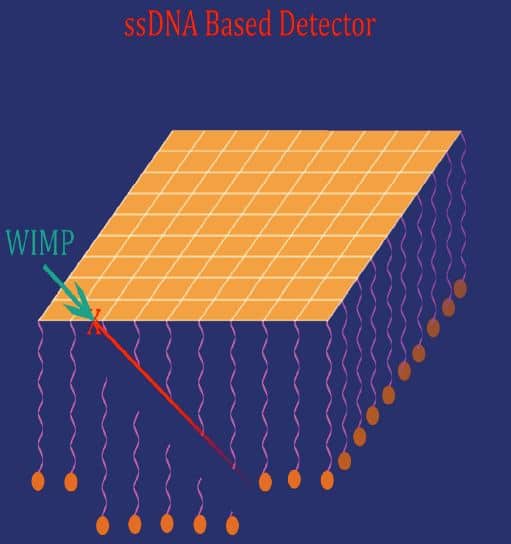
A forest of long DNA strands hanging at known positions from a thin gold foil may provide a method to detect hypothetical particles of dark matter, thought to compose 26% of the universe.
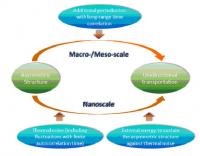
A theoretical study shows that although thermal noise cannot be used to produce useful motion by mesoscale or macroscale machines, it can be used by nanoscale machines without violating the second law of thermodynamics.